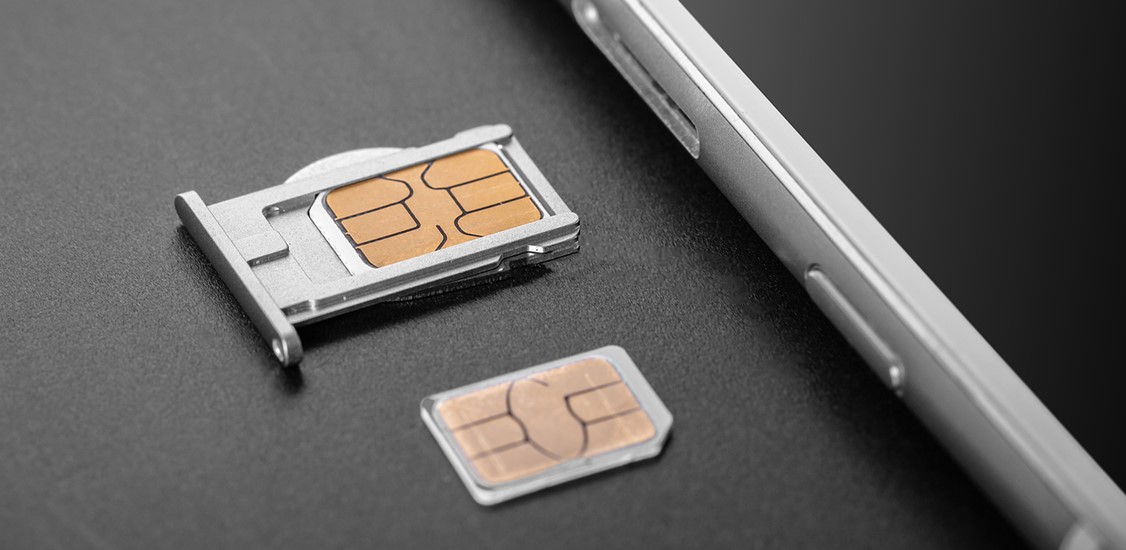As telecommunication technology evolves, one new trend that is top of mind for every telecom carrier and their retail operations is eSIM.
At its recent iPhone 14 launch, Apple announced that the newest iPhone model (in the US only for now) would have an embedded SIM, or eSIM, and would not have a physical SIM card tray.
For consumers, it’s not as simple as buying the latest iPhone and sticking with their same telecom service provider. Indeed, most carriers don’t even support eSIM technology. This means that any iPhone users who want to upgrade to the newest model will need to have, or switch to, a rate plan that does support eSIM.
And there’s plenty of motivation for them to do so. From a consumer standpoint, the benefits of eSIM are obvious, if you can get a rate plan that works with it. eSIM technology means:
- no SIM tray, which allows for smaller, more lightweight devices
- no more fiddly SIM cards
- it is quicker and easier to activate devices
- users will be able to easily switch between different carriers (such as international networks when on vacation).
The challenge for carriers
Device manufacturers have long been on board with eSIM—especially if you look at the global market. In 2021, globally, there were 57 smartphone models with eSIM on the market, more than half of which support 5G, and more than 3 billion subscribers in 82 countries who used an eSIM service.
In contrast, the news of Apple’s move to eSIM technology was met with less enthusiasm by most North American carriers. Global Data said earlier this year that the move would be “a disaster for ill-prepared carriers.” In fact, eSIM technology was introduced in 2016, with the first eSIM-capable iPhone appearing in 2018, but the range of challenges that it poses to the service providers caused a delay in adoption and meant that the sector felt some hesitation about its impact. This was understandable, given that carriers rely on their customers’ subscriptions to rate plans, and any technology that allows users to switch out of those easily could affect their bottom lines.
T-Mobile was the first major network operator to announce it would support eSIM, which it declared less than three weeks prior to the iPhone 14 launch. T-Mobile’s marketing of the feature downplays eSIM’s capability to easily switch carriers, instead focusing on benefits to users who either want both their work and personal numbers on a single device, or to set up an international carrier on their device for long stays outside of the US. It is offering a free, three-month trial for customers with compatible iPhones.
Not surprisingly, T-Mobile’s adoption of the technology prompted a fast-follow response from other major US carriers, albeit not until after the iPhone launch.Verizon, Mint and Cricket all have—or soon will have—launched a "try before you buy" rate plan option, when a customer with an eSIM device downloads their branded app. This enables a customer to use an eSIM on their device and operate on the trial network, while keeping their phone number and current carrier. In the case of Verizon, for example, its prepaid mobile brand Visible is offering a free 15-day trial to consumers with compatible iPhones.
What will this do to US carriers’ business models? In general, carriers have little to worry about until the point in which a customer pays off their device (24-36 months from the purchase). At that inflection point, the customer is in a prime position to switch at any friction point they may experience. This moment for a carrier is nothing new. They have long had targeted upgrade promotion for those nearing the end of the average device lifecycle.
But eSIM is forcing carriers to adjust this approach. The early indicator of the carriers’ actions on eSIM is to go on the offense for rival carriers’ customers who may be looking to switch—for which eSIM gives them an easy option—rather than focusing on new ways to keep existing customers sticky.
Additional hurdles facing telcos
In addition to the game-changing disruption to carriers’ business models, there are several other hurdles facing telecom carriers.
Low consumer awareness and demand: Although eSIM is seeing increasing adoption globally, according to GSMA Intelligence’s March 22, 2022 report on the state of eSIM, consumer awareness of this technology in 2021 was at 27% in the United States. With such low awareness, it’s not surprising that network providers have felt a lack of urgency.
Increasing telecom subscriber turnover rates: Telecom service providers in the United States have an industry churn rate of 21%, according to Statista—resulting in 95 million customers changing carriers each year. The telecom industry has historically struggled with low customer loyalty levels, and the increased market competition has only fueled that trend. In 2021, the telecom sector had a Net Promoter Score of 31—the lowest of all industries measured, according to CustomerGauge.com. Implementing eSIM technology, which makes it easier for customers to switch providers, will likely only increase customer churn.
Carriers want to protect their roaming revenue, which has only just recovered from COVID losses: The global pandemic drove a massive 73% decrease in global roaming subscribers from 2019 to 2020. The recovery in roaming revenue had only just started to hit its stride this year. Many analysts have predicted, however, that the Apple eSIM announcement will be the end of roaming revenue altogether.
Telecom retail’s need to adapt
Network services are not the only businesses that will need to adapt to the potential increased uptake of eSIM devices. Operators of those carrier’s retail channels—usually carrier-branded stores that are independently operated by authorized retail businesses, but also corporate-operated stores and online retail platforms—will need to create new retail pathways for consumers looking to purchase and activate an eSIM-only device.
With so many eSIM-capable phones already being produced by device manufacturers, it will be interesting to see how telecom carriers and their retail store operators adapt. Either way, it seems that most US network providers and telecom retailers will have to forge a new path forward if they want to hang on to customers upgrading to the newest devices.






















